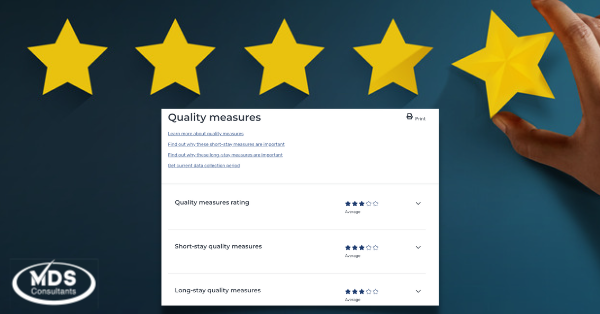MDS Nutrition – Not Limited to Section K
Often Section K on the MDS, associated CAAs, and care planning are relegated to the dietician to worry about. However, when we look at a comprehensive MDS, we can see that the information in Section K is only part of the resident's nutritional story, and the dietitian (or any other IDT member who is coding Section K, developing the CAAs, and creating effective care plans) cannot be successful without input from multiple sources. When the data is collected from a variety of sources in the...








